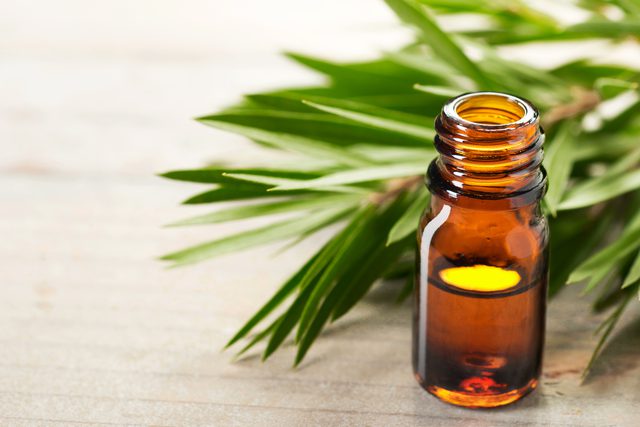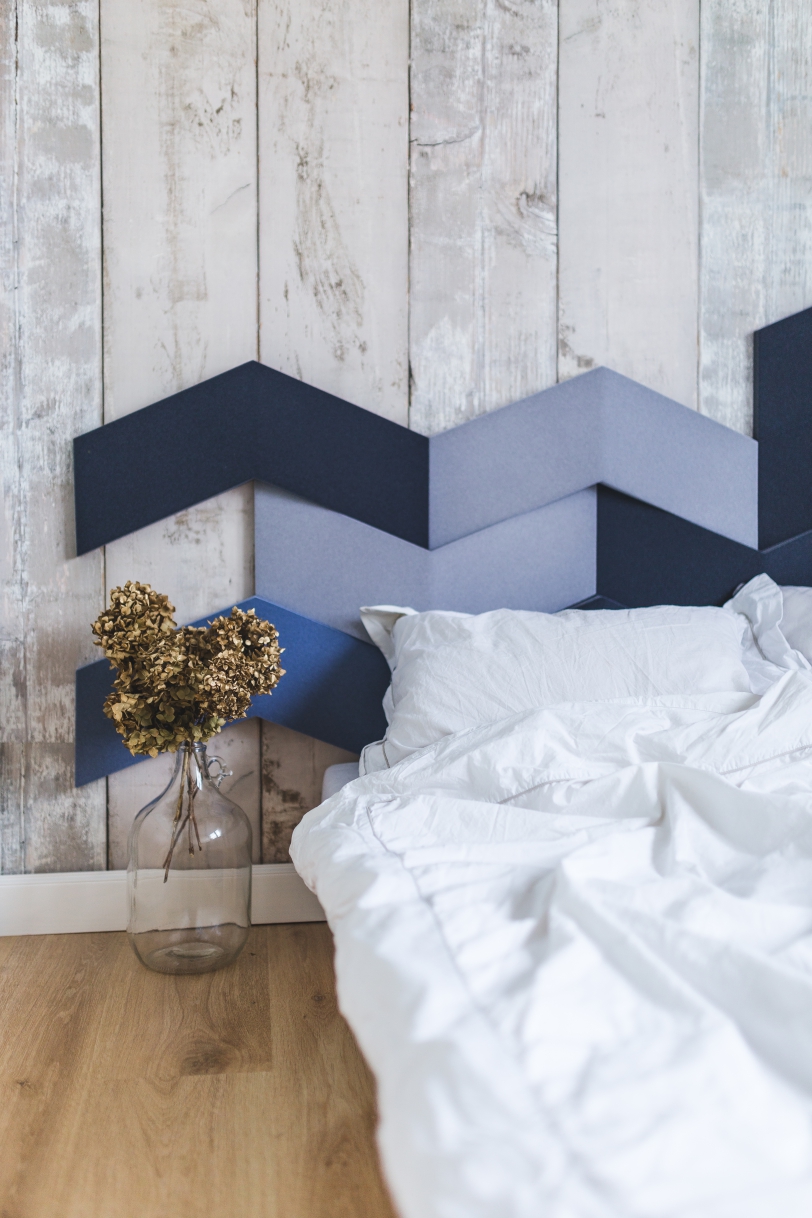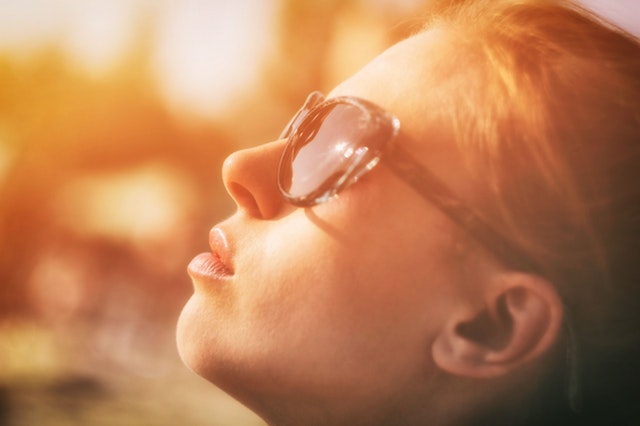
If you cringed while reading the title of this article, don’t worry. Pityrosporum folliculitis, also called malassezia folliculitis or ‘fungal acne’ in laymen’s terms, is not nearly as gross as it sounds. And, if we’re being technical, this common skin condition isn’t really acne at all.
‘Um, did you say Pityrosporum folliculitis?’
Sure did. Before we get into the nitty gritty, let’s begin with a short game of true or false:
- Your breakouts are typically uniform in size, on the smaller size, and often appear in groups or clusters.
- The ‘pimples’ usually lack comedones—the classic ‘white’ or ‘black’ head appearance that is characteristic of classic acne.
- Your breakouts sometimes itch, especially if you’ve just put some kind of topical skin-care product on the area of concern.
If you answered true to any (or all!) of the above questions, you may be dealing with “fungal acne.” As you may have guessed from the lovely title, the fungus in question here is a yeast. While yeast usually exists in balance within your skin’s microbiome, throw this balance off and it can lead to skin inflammation or an infection.
What Causes Fungal Acne?
As Healthline explains, Pityrosporum folliculitis (PF from here-on-out) is a very common, yet under-recognized skin condition. It results when a yeast called Malassezia infects the hair follicles.
“Malassezia are commensal yeasts found on the sebaceous areas of human skin,” Nikki A. Levin, MD, PhD explains. “Although they are part of the normal skin flora, they play a pathogenic role in several skin conditions, most notably tinea versicolor, Pityrosporum folliculitis, and seborrheic dermatitis,” she says. Given that bacterial acne also tends to erupt around our skin’s oiliest areas, it’s easy to see why we’d get the two confused.
What Causes the Yeast Overgrowth?
Healthline notes that topical or oral antibiotic use can cause this pesky (but not usually serious) infection to appear. Certain physical conditions that cause immunosuppression (such as diabetes or arthritis) can also put you at risk.
This makes sense: if bacteria and yeast live in balance with each other, messing with one can allow the other to kick itself into overdrive. If you’ve ever taken probiotics, then you already understand the importance of maintaining that sensitive balance of microorganisms within the body. This equilibrium must be managed on the surface of the skin as well.
Additionally, Hye Jin Chung, M.D. tells SELF that “wearing tight, non-breathable clothing often contributes to breakouts” of this kind. In other words, those sweaty (and *moist*) workout clothes seem to offer the perfect environment for yeast to flourish, which can contribute to those dreaded chest and back breakouts.
Unfortunately, some people might even just be more prone to this kind of skin infection. According to Emily C. McKenzie, MD, “some people are just genetically predisposed to overgrowths of yeast and, therefore, experience fungal acne more frequently.”
You may also be more at risk of developing this particular infection if you have sensitive skin, or if you frequently try out multiple different skin-care products at once. Either of these can make it easier for your skin’s microbiome to be thrown off.
How will I know if I have PF?
First, let me explain why I bothered to research this topic in the first place.
As someone who has dealt with seemingly constant breakouts for most of my adolescent and adult life, I have tried just about everything to keep my skin clear. Despite spending thousands of dollars on skincare products, making numerous trips to my GP, and crying plenty of tears, I still had not found my solution. Does this sound familiar?
Finally, I decided to dig a little deeper.
Remember: Regular Acne and Fungal Acne Are Not The Same
As it turns out, most acne products (think salicylic acid, benzoyl peroxide and the like) that are on the market today work to combat regular, bacterial acne. These products may not necessarily worsen PF, but they won’t do much to remedy it, either. If you’ve tried them all without success, this may be a sign that you’re dealing with fungi.
While bacterial and fungal acne are caused by completely different organisms, they can often be hard to differentiate. Also, they can coexist on your face at the same time (eye roll).
Because of this, knowing which product to use on your skin can be almost impossible without the help of a seasoned dermatologist. If you don’t have access to one, this can leave you to rely on trial and error. Spoiler alert: this can make things worse, if you choose the wrong one!
Exhibit A: Me
After frequently using a topical antibiotic on my face that my GP had prescribed for what appeared to be regular acne, I noticed the cluster of pimple-like bumps on the left side of my chin begin to spread. Within a few days, I had a very unpleasant, full-blown rash.
At this point, I was absolutely certain that this was not acne. That’s when I realized I may have never had traditional acne all along. I mean, I likely had a few hormonal breakouts here and there too, but you know what I mean.
So, I made all the frantic google searches and put my skin to the test so that you don’t have to.
Below, you’ll find my recommendations for natural ways to heal your “fungal acne.” You’ll of course need to consult a dermatologist to receive a definitive diagnosis, but you may still be able to resolve the issue with the natural remedies below.
How to Treat Fungal Acne, Naturally
As mentioned, “fungal acne” is said to be caused by the yeast called malassezia (hence its technical name, malassezia folliculitis). Evidently, the only products that will work to get rid of it are those with anti-fungal properties. The good news? You may already have some of these in your home.
4 All-Natural Anti-Fungals
1. Tea Tree Oil
Spoiler alert: this was the holy grail that cleared my skin (and that rash I was talking about) in less than 1 week.
Studies show that the chemicals in tea tree oil have antimicrobial properties, making this easy-to-come-by oil both antibacterial and anti-fungal. The great thing about this all-natural remedy is that it can kill two birds with one stone. If you do have a mix of fungal and bacterial acne, tea tree oil might just become your new best friend.
Add 4-5 drops to ~10 drops of a carrier oil (such as jojoba or Argan oil). Be sure to complete a patch test first to make sure your skin won’t react negatively to the oil blend.
Tea tree oil used alone is likely to dry out your skin, so be sure to hydrate plenty while using it topically.
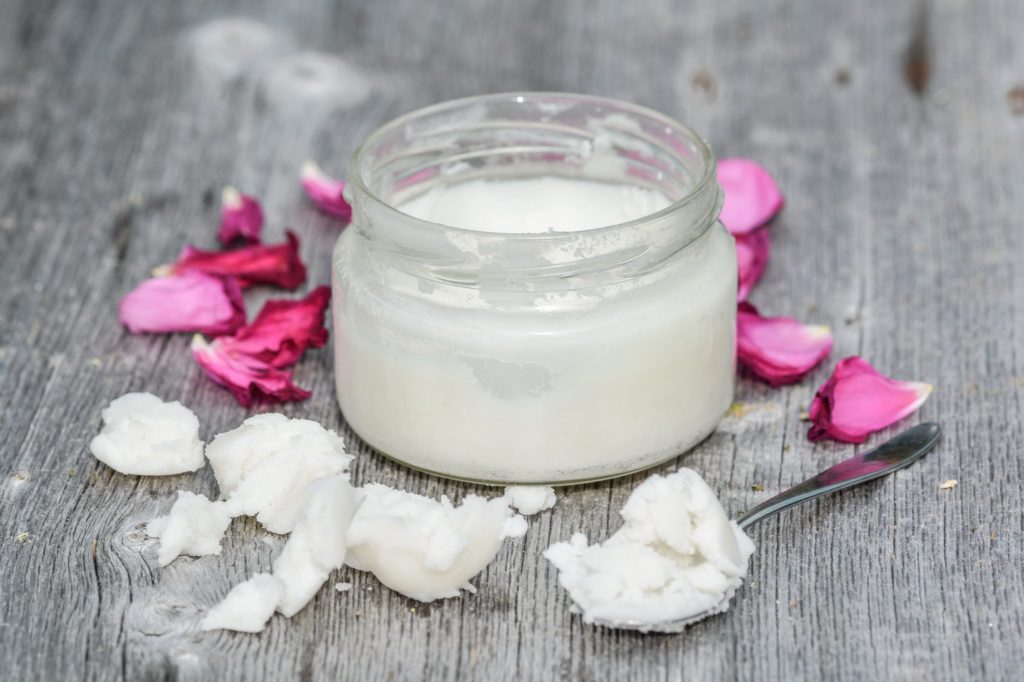
2. Coconut Oil
According to Medical News Today, “results of several studies point to the positive effect of coconut oil in the treatment of fungal infections. Also, there is a lack of negative side effects associated with coconut oil, which is a plus.”
However, given that the facial use of coconut oil is contested in the beauty industry, be sure to only apply this oil to the affected area(s), as it can block your pores. Despite the doubt, dermatologist Paul Dean, MD explains that “[coconut oil] contains proteins and caprylic acids that are known for their anti-fungal properties.” We suggest using coconut oil on your body, such as the tops of your upper arms, that are prone to breakouts but are less sensitive than your face.
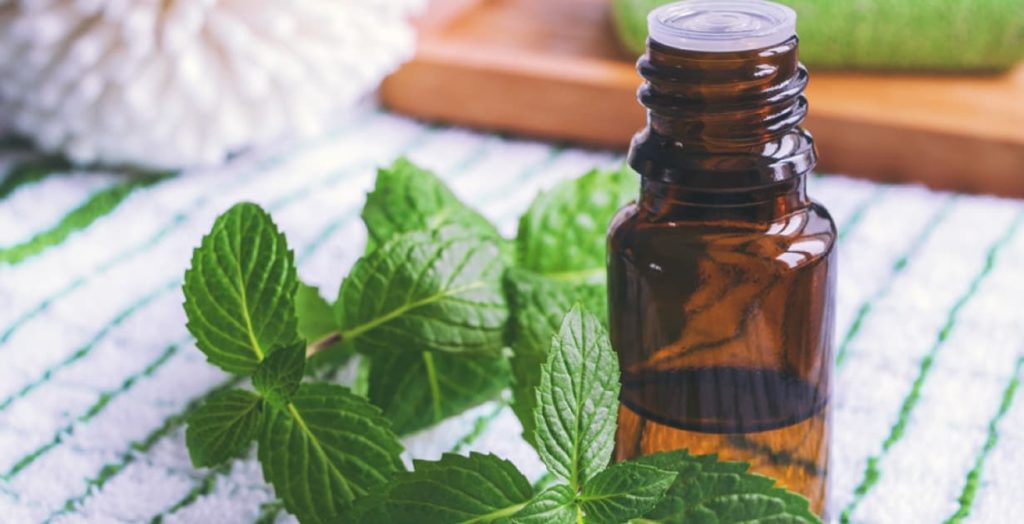
3. Peppermint Oil
Like tea tree oil, peppermint oil has been shown to have anti-fungal (and antibacterial) properties in clinical studies. This oil is *extra* strong, so be sure to dilute it with a carrier oil before applying it to your skin. Add approx. 2 drops per 10 drops of a carrier oil, and complete a patch test before applying to the affected area(s).
Some other anti-fungal essential oils include aegle, ageratum, citronella, eucalyptus, geranium, lemongrass, orange, palmarosa, and patchouli. Take your pick!
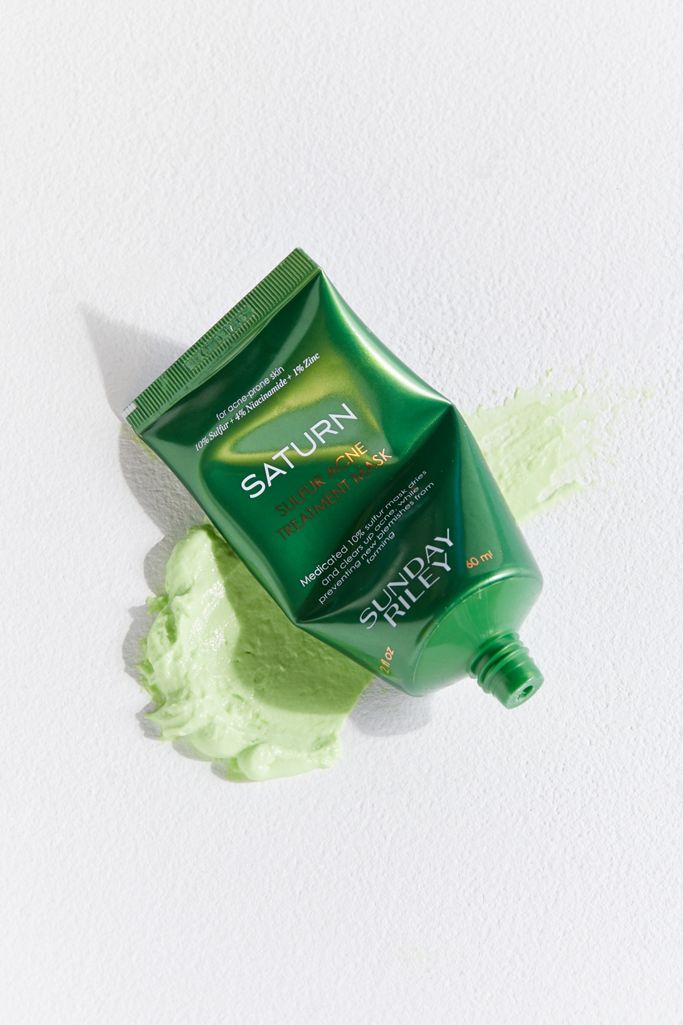
Sunday Riley Sulfur Treatment Mask (Cruelty-Free and Vegan!)
4. Sulfur
Studies show that sulfur has anti-fungal, antibacterial, and keratolytic activity. As such, sufur is often recommended for sufferers of traditional, bacterial acne as well. As Healthline notes, “thanks to its antimicrobial properties, sulfur has been used for centuries to help treat acne and other skin conditions.”
You can find this natural substance in numerous different skincare products.
What Else You Can Do
Try Probiotics
As Joshua Zeichner, MD tells Byrdie, “probiotics are ingredients that promote the growth of healthy bacteria in our bodies.” “When taken by mouth, they can help normalize your gut bacteria, improve the microbiome of your digestive tract, and subsequently reduce inflammation throughout the body including the skin.”
How would this help resolve your fungal acne?
“If your skin’s healthy microbiome is disrupted by harsh cleansers and other abrasive skincare products, this discontent can result in breakouts,” Whitney Bowe, MD explains to Byrdie. Taking probiotics can help bring some balance back to your body, which will then benefit your skin.
And Topical Probiotics!
After treating the overgrowth of yeast with one of the remedies above, your skin may appreciate the use of a topical probiotic. Like Bustle says, “topical probiotics are to your skin as oral probiotics are to your gut.”
Check out PD’s article 6 Reasons You Should Be Eating Probiotics Every Day to learn more about the benefits of probiotics.
Treat Your Skin Like the Delicate Organ That It Is
Going forward, try to be *extra* gentle with your skin. Change out of those sweaty workout clothes immediately, and avoid putting any harsh chemicals on (or in!) your body. As for oral or topical antibiotics, steer clear (if you can!). If you do need to take antibiotics, be sure to follow up with probiotics ASAP.
What’s Next?
As always, it’s best to see a dermatologist so they can help you determine exactly what’s bothering your skin. If you’ve made it this far and have gasped and nodded along the way, it may be a good idea to consider trying tea tree, coconut or peppermint oil, or sulfur.
If you’re going with the experimentation route, try one product at a time before giving up or switching. Bombarding your skin with too many products at once can cause even more irritation.
Lastly, be gentle with yourself, too.
“Fungal acne” is uncomfortable and unpleasant, but try to remember that you are your own worst critic.
–
Have you heard of ‘fungal acne’ before?
If you suffer from Pityrosporum folliculitis and you’ve tried any of these natural remedies, let us know if they worked!
Also by Piper: Beauty Foods For Anti-Aging And De-Bloating That Dermatologists Recommend
Get more like this—Sign up for our daily inspirational newsletter for exclusive content!
__
Photo: Canva; Sunday Riley

